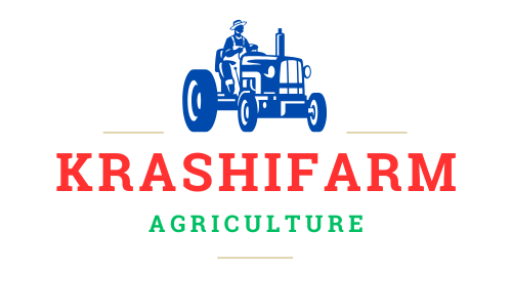Conservation Tillage Techniques
Conservation tillage refers to farming practices that reduce soil disturbance while keeping crop residues on the surface. These techniques help prevent erosion, improve water retention, and promote soil health. Below is a detailed comparison of different conservation tillage methods:
Comparison of Conservation Tillage Techniques
| Tillage Method | Description | Soil Disturbance Level | Key Benefits | Challenges | Best for Crops |
|---|---|---|---|---|---|
| No-Till Farming | No plowing; seeds planted directly into residue-covered soil. | Very Low | Prevents erosion, improves soil moisture, reduces fuel and labor costs. | Requires specialized seeding equipment, potential for increased weeds. | Corn, soybeans, wheat, legumes. |
| Strip-Till | Only narrow strips are tilled where seeds are planted; the rest remains undisturbed. | Low | Warms up soil faster, improves drainage, reduces compaction. | Requires precision equipment, can be expensive. | Corn, soybeans, cotton. |
| Ridge-Till | Crops are planted on raised ridges, with crop residues left between rows. | Moderate | Improves drainage, reduces erosion, warms soil faster in spring. | Requires regular ridge maintenance, may not be suitable for all soils. | Corn, soybeans, root crops. |
| Mulch-Till | Some tillage is done, but at least 30% of crop residue remains on the surface. | Moderate | Reduces moisture loss, prevents erosion, adds organic matter. | Can require additional residue management. | Most row crops, including wheat, soybeans, and vegetables. |
| Reduced-Till (Minimum Tillage) | Fewer tillage passes are made to minimize soil disturbance. | Low to Moderate | Saves fuel and labor, maintains soil structure, prevents compaction. | May require adjustments in weed and fertilizer management. | Various crops, including cereals and legumes. |
Advantages of Conservation Tillage
✅ Prevents Soil Erosion – Protects topsoil from wind and water erosion.
✅ Improves Soil Health – Increases organic matter, microbial activity, and soil fertility.
✅ Enhances Water Retention – Reduces runoff and keeps moisture in the soil.
✅ Reduces Fuel & Labor Costs – Fewer tillage passes lower fuel expenses.
✅ Promotes Carbon Sequestration – Helps combat climate change by storing carbon in soil.
Challenges & Possible Solutions
🔹 Weed Control Issues → Use cover crops and selective herbicides.
🔹 Soil Stays Cooler & Wetter in Spring → Strip-till and ridge-till can help.
🔹 Specialized Equipment Needed → Initial investment is high, but long-term savings offset costs.



